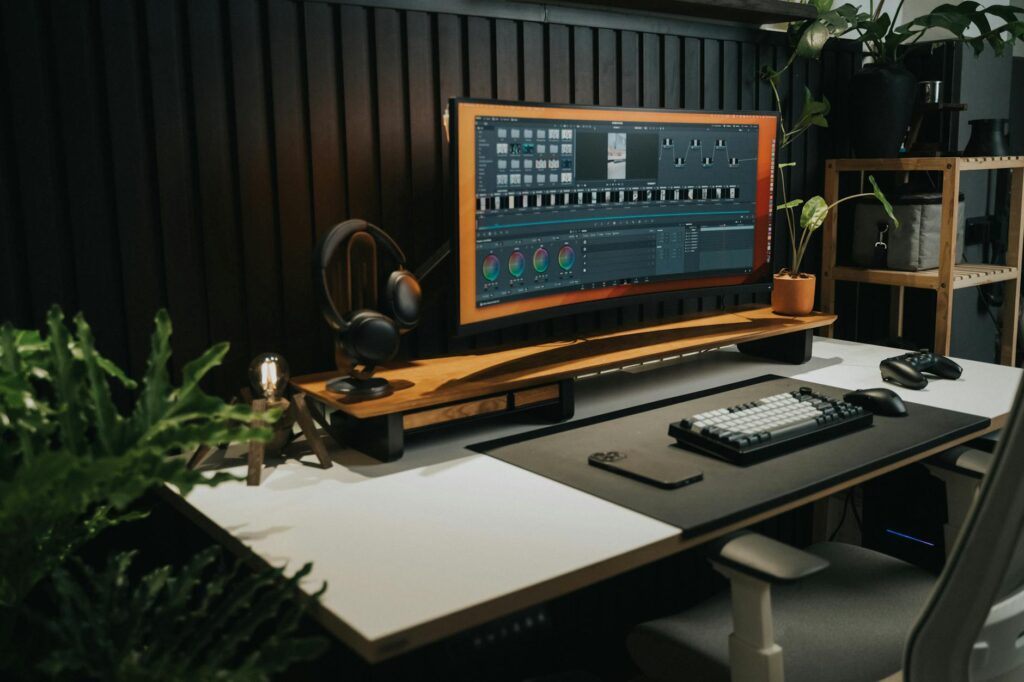What is technology dependence?

What is technology dependence?
In our fast-paced, interconnected world, technology dependence has become a prevalent topic of discussion. As we integrate digital tools into nearly every aspect of our lives, understanding what technology dependence means and how it impacts us is crucial. This knowledge is essential for enhancing productivity, managing our time effectively, and fostering personal development.
Defining Technology Dependence
Technology dependence refers to the level of reliance individuals have on technological devices and systems to function in their daily lives. It encompasses a range of behaviors, from basic usage of smartphones to more complex interactions with various digital platforms. This dependence isn’t just about convenience; it often reveals itself through specific characteristics and indicators.
What Constitutes Technology Dependence?
Several factors contribute to technology dependence. Firstly, our reliance on devices like smartphones, computers, and tablets is a primary aspect. The convenience they offer has made many tasks easier and quicker. Additionally, software applications and internet services enhance this reliance. The ability to access information instantly or communicate with others at any time feeds into our dependency.
Moreover, as we become accustomed to technology handling tasks for us, our skills in those areas can diminish. For instance, spell-check features can lead to less attention to our writing skills. This is not just about using technology; it’s about how deeply intertwined it is with our everyday tasks and emotional well-being.
Signs of Technology Dependence
Identifying technology dependence involves recognizing certain behavioral changes and emotional responses. Some common signs include:
- Increased Screen Time: Spending excessive amounts of time on devices, often at the expense of real-world activities.
- Anxiety Without Devices: Feeling anxious or uncomfortable when unable to access technology, such as during a power outage or when forgetting a phone.
- Neglecting Responsibilities: Allowing technology usage to interfere with personal obligations or work duties.
- Social Isolation: Preferring interactions through screens rather than face-to-face conversations.
Understanding these signs is crucial for anyone looking to evaluate their relationship with technology.
Impact of Technology Dependence on Productivity
Technology dependence can have significant effects on productivity, both positively and negatively. It’s essential to recognize these influences to harness technology’s benefits while mitigating its drawbacks.
Positive Effects on Productivity
On the positive side, technology can enhance efficiency and streamline tasks. For instance:
- Automation: Many repetitive tasks can be automated, allowing you to focus on more critical work.
- Collaboration Tools: Platforms like Slack and Trello improve teamwork by facilitating communication and project management.
- Access to Information: The internet provides a wealth of information at our fingertips, speeding up research and decision-making processes.
These advancements can lead to higher productivity levels as we utilize tools tailored to our specific needs.
Negative Effects on Productivity
However, the darker side of technology dependence cannot be ignored. It can lead to:
- Distractions: Notifications and social media can pull focus away from important tasks, hindering productivity.
- Procrastination: The allure of binge-watching shows or scrolling through feeds can derail your work schedule.
- Reduced Focus: Constant multitasking between devices can diminish your ability to concentrate on a single task.
To get a deeper insight into these impacts, studies have shown that while technology can potentially boost productivity, it is often undermined by distractions and overuse. For further reading on this complex relationship, the New York Times explores why new technologies sometimes fail to make us more productive.
Managing Technology Dependence
Recognizing technology dependence is the first step; managing it effectively is the next. Here are some strategies for finding a healthier balance.
Setting Boundaries with Technology
Creating limits around technology use is vital for better work-life balance. Some practical tips include:
- Designated Tech-Free Times: Set specific times when you won’t use your devices, such as during meals or an hour before bed.
- Screen-Time Limits: Use apps to monitor and limit the time spent on certain applications or devices.
- Physical Boundaries: Designate certain areas of your home as tech-free zones to encourage offline time.
These boundaries can help you regain control and foster a healthier relationship with technology.
Mindfulness and Technology Use
Being mindful when using technology is essential. It’s about being aware of how and when you engage with your devices. This could involve:
- Reflecting on Your Usage: Take time to think about how much you truly need to use technology and why.
- Engaging with Purpose: Use technology intentionally, focusing on tasks that add value rather than mindless browsing.
- Taking Breaks: Regularly disconnecting from technology can refresh your mind and improve overall well-being.
By practicing mindfulness, you can cultivate a more meaningful interaction with technology.
Conclusion and Future Perspectives
In summary, technology dependence is a double-edged sword. While it can significantly enhance productivity and streamline tasks, it also poses risks of distraction and reduced focus. Recognizing the signs of dependence is the first step towards managing it effectively.
As we move forward, it’s crucial to strike a balance between utilizing technology for its benefits while maintaining control over its use. By setting boundaries and practicing mindfulness, we can ensure that technology serves us rather than the other way around. As we navigate this digital landscape, let’s remember that the goal is to enhance our lives, not let technology dictate them.
For more insights into managing technology dependence, resources like Digital Detox 101 provide valuable strategies and tips.

Photo by Minh Phuc